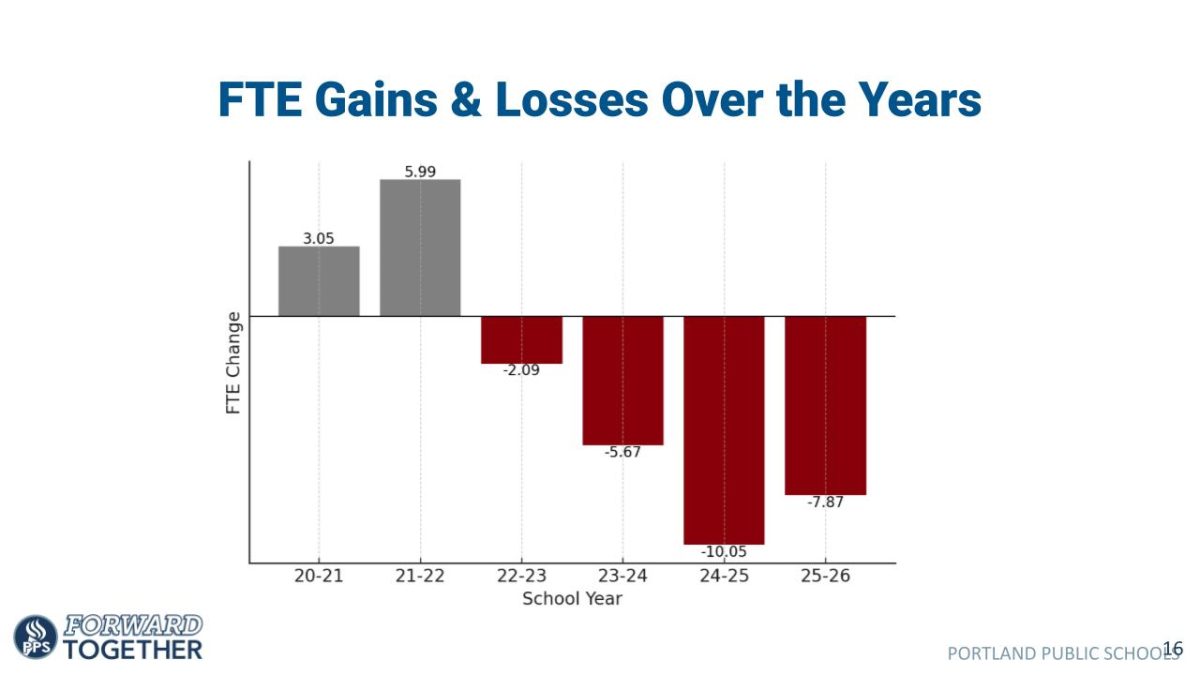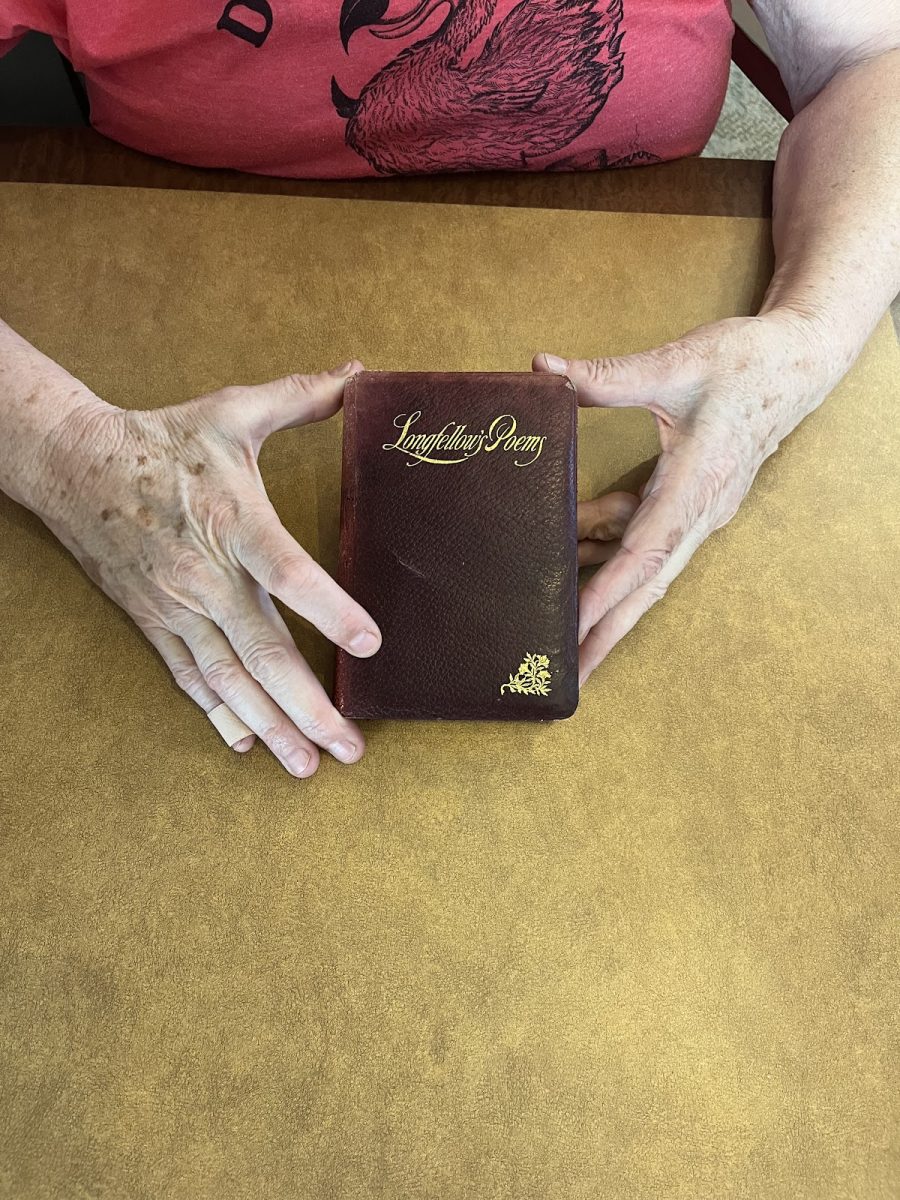Many people in the world assign different items of clothing to different genders. There are clothes that some believe to be more feminine than masculine, like a dress, and others that are more masculine than feminine, like a suit. Clothing and gender began to be intertwined around the 18th century, whereas before clothes had no gender. We have gone so extreme with gendering clothing that buttons have designated sides, depending on who is intended to wear clothing. Buttons are typically on the left side for womens’ clothing, whereas on mens’ clothing they are on the right side. This dates back to the early years of the 19th century, when many men carried around weapons, leading the buttons to be placed on the right side so there was easy access.
In 18th century France, there were many instances where women were jailed due to their refusal to wear a dress. As for more recent times, pants still appear to be a spot of disagreement regarding who is “allowed” to wear them or not. In March of 2019, a federal judge ruled against a dress code at a school in North Carolina that would not allow girls to wear pants to school. In an article written by Marc Bain for Quartz, the incident is described as, “A federal judge struck down a rule at a North Carolina charter school that prohibited girls at the school from wearing pants. It required them instead to wear skirts, skorts, or jumpers. The school had argued that the dress code promoted ‘traditional values.’” Enforcing these ‘traditional values’ in regards to clothes is extremely outdated and harmful to those it is enforced upon.
Clothes being gendered has never made much sense due to them being inanimate objects, so why is this seen as such an issue? Why are pants seen as manly but dresses aren’t?
Harry Styles is a former member of the world famous boy band called One Direction. In 2015, One Direction began a hiatus causing the members of the band to go their separate ways. All of them, including Styles, have pursued their own solo music careers since then. Styles has received much praise for his critically acclaimed songwriting and musical ability, earning him a Brit Award, an ARIA Award, an American Music Award and three Grammy nominations. Along with his credibility in the music industry, he has also become very successful as a pop culture icon. Being on the cover of a magazine isn’t something Styles is uncomfortable with due to his years in One Direction, but in December of 2020 he starred on the cover of Vogue Magazine. He became the first man to be photographed solo on the cover. And he was wearing a dress.
Styles is known for his use of fashion to break down stereotypes, explaining to the press on numerous occasions that he enjoys being in touch with his femininity. His Vogue article goes into his expression using fashion saying, “There’s so much joy to be had in playing with clothes. I’ve never thought too much about what it means—it just becomes this extended part of creating something.” When the cover was announced and photos from the shoot were released, it was met with admiration and was extremely well received by the audience. Many people had very good things to say about the story, even congratulating Styles on the accomplishment. But while most people were responding positively, there were also people extremely upset over the cover. More specifically over what he was wearing. This group of people included Candace Owens, a conservative author with a very political and prominent presence on Twitter. In a tweet about Styles’ Vogue cover, Owens stated, “There is no society that can survive without strong men. The East knows this. In the west, the steady feminization of our men at the same time that Marxism is being taught to our children is not a coincidence. It is an outright attack. Bring back manly men.” Owen’s response to the magazine cover was met with heavy backlash due to insinuations that Styles was not strong or manly, because of his decision to wear a dress, leading people to the idea that what you wear seemingly has a way to define you. The word “manly” is defined by the Merriam-Webster Dictionary as “having qualities traditionally associated with a man : strong, virile”
This same excuse has been used numerous times when defending closed-minded views: tradition. When people have an issue they disagree with, or there’s something they believe was done wrong and not the way it was supposed to be, it’s an issue because it is not following tradition. Women wearing pants is an issue because it goes against tradition. Men wearing dresses is an issue because it goes against tradition. What is the tradition people are so impatient to get back to? The belief that women are weak? The belief that men are strong? Clothes should not have a gender, they are clothes. But since people would like to go based on “tradition,” let’s talk about who was wearing what in the past.
If we’re wanting to look back to ancient times, it was common for men to wear skirts because everyone was. More specifically in ancient Rome, everyone wore skirts and dresses except for horse riders. Egyptians wore wraps, Greeks wore togas, and Aztecs in the military wore similar clothing. Clothing was very shapeless during these times, so these dresses and skirts were not similar to the ones we have today. These were pieces of cloth wrapped around the waist and tied in spots to remain up. In the 15th century, men and women were both described as wearing draped, unshaped garments and tunics. Men’s tunics would get gradually shorter over time, leading men to begin wearing stockings and legwear. Throughout the 16th and 17th centuries, men in high positions would wear rompers and one pieces with no strict leg holes. By the 19th century, skirts on men had completely vanished and it was unusual to see a man wearing shapeless clothing. However, women were beginning to experiment with wearing pants and go against the tradition of wearing a dress. Women would wear pants-like clothing in their homes, but never in the public eye. In 1815, Elizabeth Smith Miller designed an early version of pants for women, but it would not be until about the middle of the 20th century for pants on women to catch on.
Tradition tells us that clothing didn’t used to require a specific gender or person to wear it, so why is it that people feel the need for it to have one now? Who’s to say a dress makes you less manly? Or pants make you less feminine? Clothing is a form of expression, and wearing clothes is a way to express yourself. They don’t need to have traditional roles or values forced onto them. Also, the gender binary is a social construction in the first place. Encouraging people to go back to this harmful narrative that clothes have a gender will not allow anyone to develop further into the future. Following tradition has proven to hold us back rather than push us forward, so why do people continue to cling to it so tightly?
































